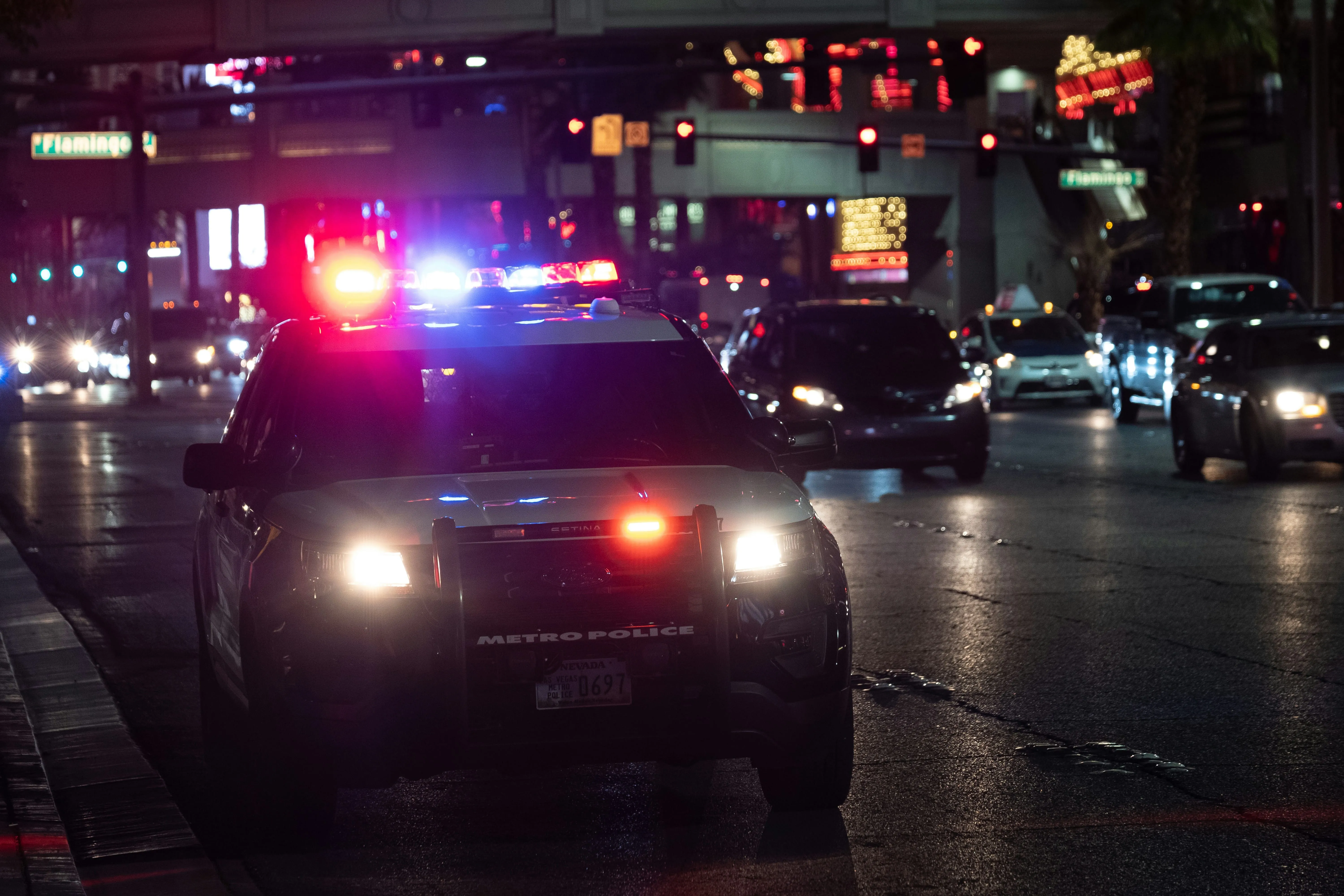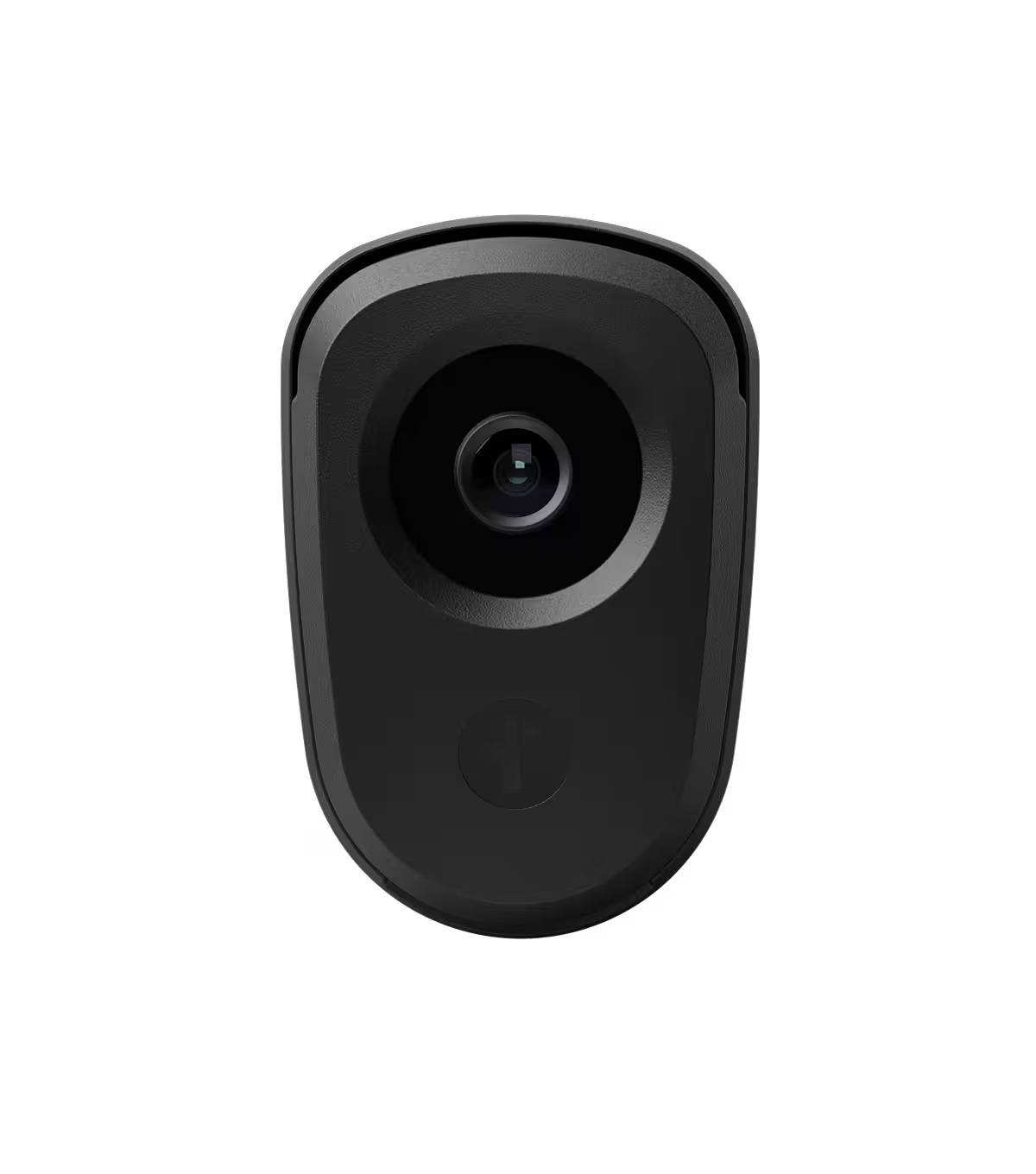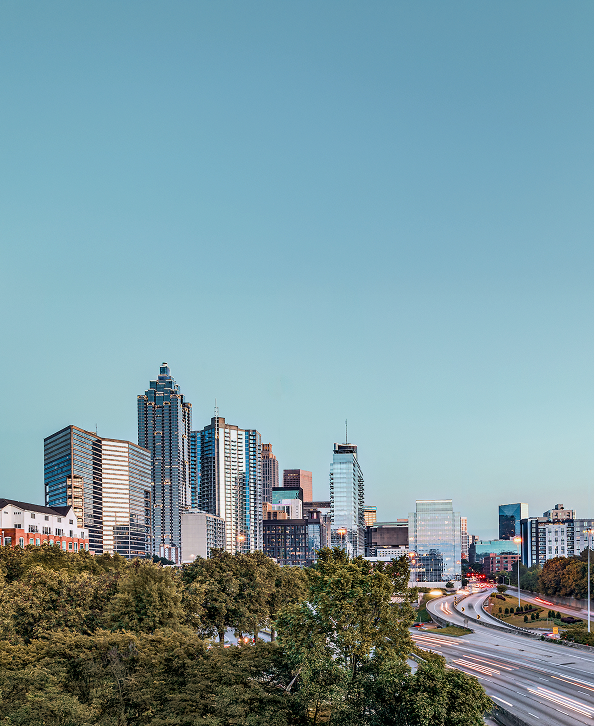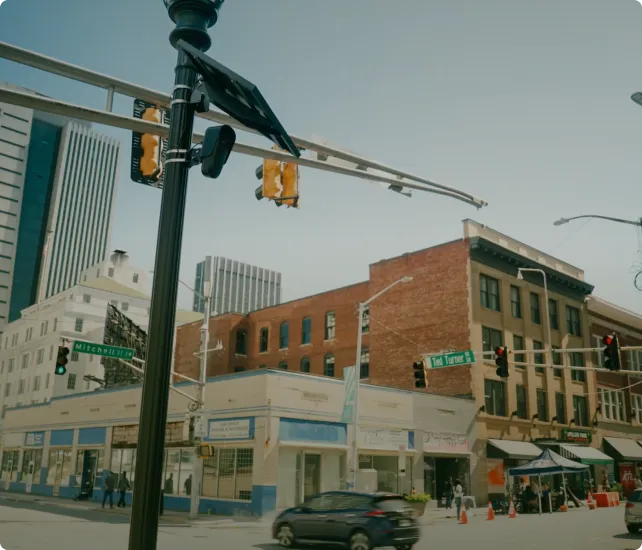


How Police Use LPR Cameras for Real-Time Crime Solving
Discover how LPR cameras for law enforcement provide real-time alerts and investigative leads that help law enforcement solve more crimes.
With shoplifting cases increasing by 14% in 2024 and the U.S. still registering more homicide cases than other industrialized countries, crime is expected to be a core focus for the current administration, state lawmakers, and law enforcement decision-makers.
One of the best ways to mitigate crime is to invest in reliable crime-solving technology, as offenders may be less likely to commit crimes if their chances of getting caught are high.
That’s where license plate readers come in. They provide instant alerts on flagged vehicles so law enforcement can act before the damage is done.
Here, we take an in-depth look at LPR cameras, exploring how law enforcement uses them, why they’re a worthwhile investment, and how to choose the right ones.
Common ways law enforcement uses LPR cameras
LPR technology is an invaluable asset for modern law enforcement. It helps officers collect evidence and build cases by providing vehicle data, such as license plates, car makes, decals, and models.
Some specific use cases of LPR cameras include:
- Locating stolen vehicles: They capture license plate numbers, compare them to theft reports in law enforcement software or databases, and send alerts when they identify stolen vehicles.
- Cross-jurisdictional collaboration: Agencies use a shared real-time crime center platform to exchange live alerts, BOLOs and incident data across borders. No radio relay or manual updates needed — everyone sees the same map, enabling faster coordination and safer, smarter responses.
- Building cases: LPR data can show whether suspects’ vehicles are present at crime scenes. They can also help officers identify visitors in crime areas, potentially aiding in the collection of witness statements.
- Identify suspicious behavior: LPR cameras can help law enforcement flag suspicious activities, like repeated visits to high-crime areas, sometimes allowing them to get ahead of potential crimes.
(For example, if they find the same vehicles regularly visiting a high-target building, they could get more patrol officers in the area to deter would-be offenders.)
Benefits of using LPR cameras in the field
LPR cameras are a game-changer in law enforcement because they enhance officers’ situational awareness and facilitate better response decisions without overwhelming the already strained policing budget.
Here’s a deeper look at the benefits of LPR for law enforcement:
Improving situational awareness during patrol
LPR cameras can boost patrol officers’ situational awareness by providing real-time alerts on high-risk vehicles. When installed in patrol cars, these cameras can automatically scan vehicle license plates, run them against law enforcement hotlists, such as wanted offender databases, and flag suspected vehicles, helping officers identify threats or spot individuals on “wanted” lists early.
LPR systems are an excellent addition to patrol because they reduce officers’ manual load when running vehicles, allowing them to focus more on their surroundings. They also cover more vehicles than officers typically would on their own, which can minimize the risk of offenders’ cars slipping through the cracks.
Helping agencies make the most of limited resources
Budget cuts call for LE decision-makers to invest in cost-effective security solutions that enhance officers’ efficiency.
LPR cameras are one of these solutions. They complete more plate reads than officers can manually, helping cover more ground per shift. This reduces the need for large patrol teams, allowing police departments to assign more personnel to high-priority tasks instead of vehicle scanning.
As a result, law enforcement agencies can still operate efficiently even when faced with budget cuts and resulting staffing issues.
License plate reader technology also helps departments make the most out of their limited budgets by revealing crime patterns. For example, they can help officers identify areas frequented by vehicles of interest, facilitating smarter patrol deployments.
Many agencies may worry about the expense of this technology, thinking that it’s more expensive than they can afford — especially when budgets are already being reduced. While costs can vary based on provider, LPR technology doesn’t have to be costly.
Flock Safety’s LPR technology is infrastructure-light, with maintenance costs bundled into your subscription fee, making it quite affordable. Plus, with these other benefits (like helping officers identify crime trends), you can minimize budget waste in other areas of your law enforcement efforts, resulting in a positive overall return on investment (ROI).
Book a demo with Flock Safety today to see how LPR cameras can elevate law enforcement efficiency.
Enhancing officer safety and response decisions
Patrol officers face significant risks on the streets, especially when they unknowingly approach vehicles belonging to offenders. Such stops and interactions could result in car chases or shootouts, both of which are dangerous for officers and the general public.
LPR cameras can help reduce safety risks by letting officers know whether vehicles are tied to open cases or active warrants before approaching them. This information reduces their chances of getting caught off guard and allows for well-informed vehicle stops and approaches.
For example, say that an officer flags a vehicle as belonging to an offender with an active warrant. In this instance, the officer could wait before stopping them and request backup before approaching to prioritize everyone’s safety.
Key features to look for in an LPR camera system
In the battle between LPR systems and standard video cameras, LPR technology will always come out on top. A LPR system can capture vehicle details that typical security cameras could miss, such as paper plates and vehicle modifications.
However, this is contingent on choosing the right LPR camera system. Here are some features to look for to improve your chances of choosing the best option.
Ease of use and real-time access to data
The last thing you want is a tool with a steep learning curve. Some officers may be hesitant to use it, and your team may be unable to fully leverage its capabilities.
Prioritize ease of use when looking at potential LPR cameras. Ideally, your system should have an intuitive interface, making navigation easy for both technical and non-technical staff. To determine ease of use, ask for a demo before committing.
It’s also important to ensure your potential system can provide real-time access to data and send instant alerts when vehicles match LE hotlists. This way, officers can respond to sightings quickly and adjust their responses as needed during stops to enhance their safety.
Flock Safety’s LPR cameras are popular because they’re not only easy to use but also offer 24/7 coverage and instant alerts. Further, they provide comprehensive access to data, giving officers leads from other LPR cameras at the local, state, and nationwide levels. This allows law enforcement to monitor the vehicle movements of suspected offenders regardless of their location.
Data security and retention policies
Assess how your potential LPR system stores and retains data to ensure its policies are secure and that they align with your department’s or agency’s needs. The optimal system should offer end-to-end encryption and provide audit trails to promote data security, transparency, and accountability.
Flock Safety takes a security-by-default approach, using advanced encryption, multi-layered cloud storage via Amazon Web Services (AWS), and role-based access controls. We also have a strong data ownership policy and believe all LPR data belongs to the community. As such, we cannot share or sell the data without your permission.
By default, Flock Safety stores LPR data in the cloud for 30 days, enabling law enforcement to retrieve evidence as needed for investigations.
Integration with existing tools and workflows
The right LPR system will integrate seamlessly into your department’s or agency’s broader technology ecosystem. This could make work easier for officers by minimizing the need for manual data entry and preventing data siloes, potentially improving crime-solving rates.
Flock Safety offers extensive integrations to promote smooth workflows. For example, we offer an LPR video integration, enabling you to transform existing cameras into LPRs. We also provide FlockOS, a cloud-based public safety platform that integrates data across LPRs, AI video cameras, and other LE technologies.
You can always use Flock’s no-cost APIs to integrate LPRs with your agency’s evidence management tools, alert systems, or records management solutions.
Explore smarter policing with connected LPR solutions
License plate readers provide vehicle information, like license plate numbers and makes, colors, allowing officers to identify and monitor offenders. This information can also highlight suspicious behaviors, such as frequent visits to specific areas, enabling law enforcement to get ahead of potential criminal activity.
Flock Safety supports smarter, safer, and more efficient policing by providing reliable LPR technology. We offer infrastructure-light LPR cameras for installation in external locations and Flex LPR cameras for patrol vehicles, allowing you to efficiently run passing vehicles both at your station or command post and on the streets.
Our technology also facilitates cross-agency collaboration by integrating data from multiple systems into a single cloud-based platform. Flock devices have already proven valuable across LE, helping solve over 700,000 crimes each year (roughly 10% of reported crime) in the country.
Schedule a demo with Flock Safety to see how our LPR solutions can elevate crime-solving and overall policing!





Contact us
Discover how communities across the country are using Flock to reduce crime and build safer neighborhoods.

.webp)



.webp)





